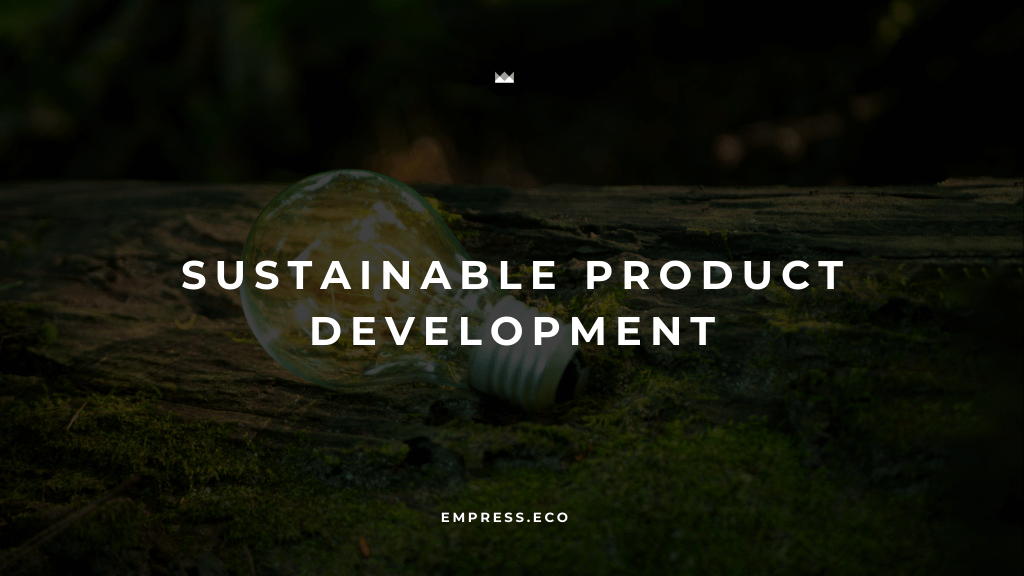Inequality remains one of the most pressing issues of our time, affecting social cohesion, economic stability, and individual well-being. Despite significant progress in some areas, disparities in income, wealth, and opportunities persist globally. Sustainable Development Goal 10 (SDG 10) aims to reduce inequality within and among countries, promoting inclusive growth and equitable opportunities for all.
The Current State of Global Inequality
Global inequalities are stark and multifaceted, encompassing wealth, income, ecological, and gender disparities. According to the World Inequality Report 2022, the poorest half of the global population owns just €2,900 (in purchasing power parity) per adult, while the top 10 percent owns roughly 190 times as much. Income inequalities are similarly extreme, with the richest 10 percent capturing 52 percent of all income, while the poorest half receives just 8.5 percent.The COVID-19 pandemic has exacerbated these inequalities, reversing decades of progress. The World Bank reports that the pandemic has caused the largest rise in between-country inequality in three decades, hitting the world's poorest countries the hardest.
Key Strategies to Reduce Inequalities
To achieve SDG 10, a comprehensive approach is essential. Here are some key strategies:
1. Promoting Inclusive Economic Growth
Inclusive economic growth is crucial for reducing inequalities:
- Equitable Resource Distribution: Ensuring that the benefits of economic growth are shared more equitably among all segments of society (United Nations).
- Supporting Small and Medium Enterprises (SMEs): Increasing access to financial services and markets for SMEs, particularly in developing countries (UN).
2. Implementing Social Protection Measures
Robust social protection systems can help mitigate the impacts of economic shocks and reduce poverty:
- Universal Social Protection: Expanding social protection coverage to include all vulnerable groups, such as the elderly, disabled, and unemployed (OECD).
- Cash Transfer Programs: Implementing cash transfer programs to support low-income households (UNDP).
3. Ensuring Equal Opportunity and Combating Discrimination
Eliminating discriminatory laws, policies, and practices is essential for reducing inequalities:
- Anti-Discrimination Legislation: Enacting and enforcing laws that prohibit discrimination based on gender, race, ethnicity, and other factors (UN).
- Promoting Diversity and Inclusion: Encouraging inclusive practices in workplaces and educational institutions (Our World in Data).
4. Enhancing Global Cooperation
International cooperation is vital for addressing global inequalities:
- Development Assistance: Increasing official development assistance and financial flows to regions where the need is greatest (UN).
- Fair Trade Policies: Promoting fair trade practices to ensure that developing countries benefit equitably from global trade (World Bank).
5. Facilitating Safe and Orderly Migration
Migration can be a powerful tool for reducing inequalities if managed effectively:
- Migration Policies: Implementing well-managed migration policies that protect the rights of migrants and promote their integration into host societies (UN).
- Support for Refugees: Providing adequate support and protection for refugees and displaced persons (World Economic Forum).
Conclusion
Reducing inequalities is essential for creating a more inclusive and fair society. By promoting inclusive economic growth, implementing social protection measures, ensuring equal opportunity, enhancing global cooperation, and facilitating safe migration, we can make significant strides towards achieving SDG 10. As we work towards 2030, it is crucial to maintain momentum, adapt to emerging challenges, and ensure that no one is left behind in our collective journey towards a more equitable world.Through innovation, investment, and collaboration, we can bridge the gap and build a future where everyone has the opportunity to thrive.


